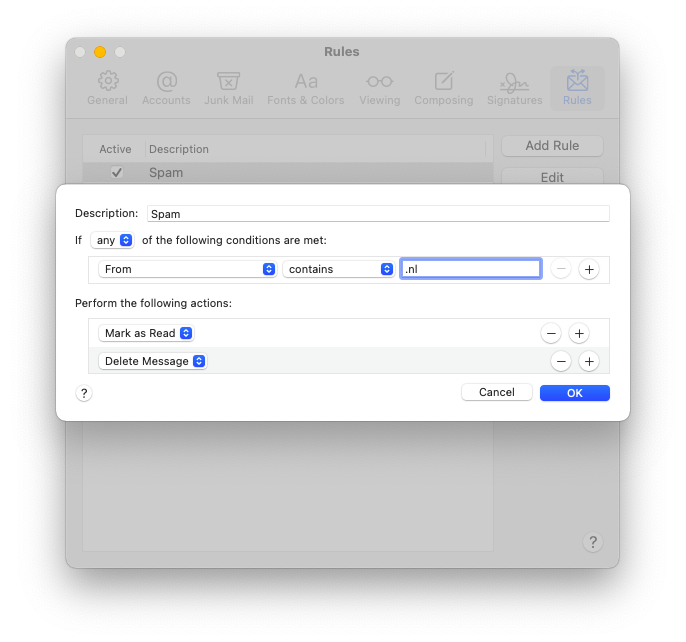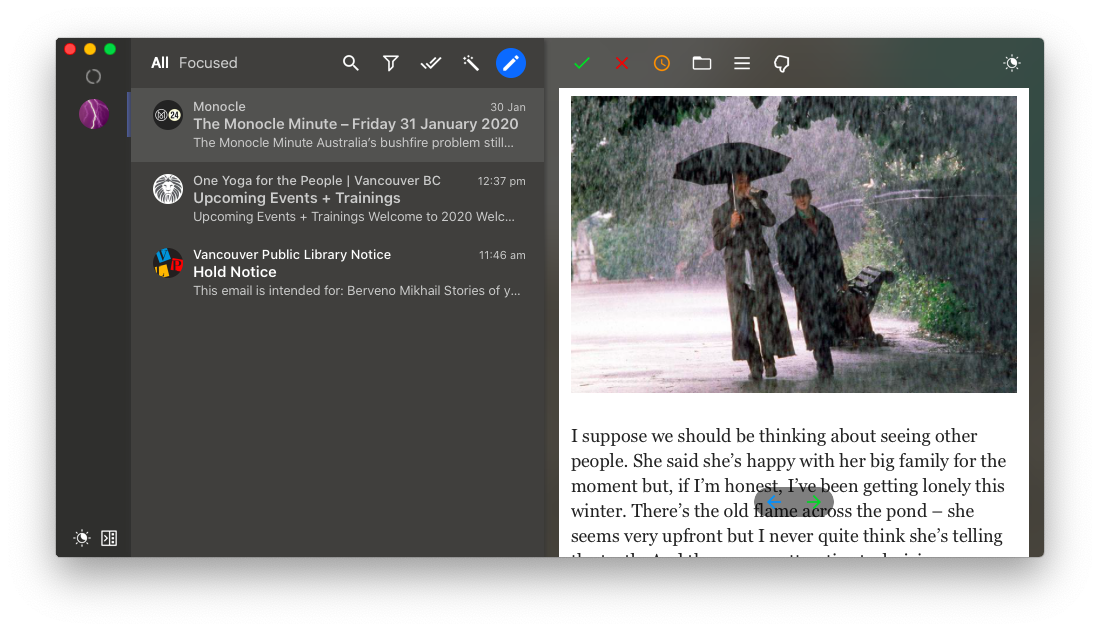How To achieve bulletproof email security
If there’s one technology most of us have been using for decades, without fail, it would be emailed. While browsers, messengers, and social networks come and go, email communication has never been more popular.
Objectively, email protocols are quite primitive compared to other contemporary methods of communication (e.g. WhatsApp). But with more than four billion users worldwide, email’s momentum and network effects are practically impossible to stop. It’s the default medium in business as well as for much of our personal lives. So the best we can do is learn how to use it to our advantage.
The most significant problems with email, in general, relate to email security. Various malware, spam, and phishing techniques have come to proliferate online and are used to target email users all the time. That’s why having adequate email protection has become imperative, and especially so in the past few years.
Take a look at the quick guide we’ve collected below to find out how you can secure emails you send and receive, from using an encrypted email service to picking the most secure email server and beyond.
Why is email security important?
Email security is crucial because it’s email that runs our lives online. Not only do you have years (or decades) worth of correspondence in your inbox, your email is also at the center of all your web activity. It serves as a login to nearly every service you use and thus can be exploited to reset your passwords and steal your accounts anywhere from Facebook to your bank.
Luckily, to protect yourself, you only have to think about a few precautionary techniques and maybe switching to private email service. Don’t worry if you’re not sure where to start. The first step towards robust email protection is to simply recognize some of the prominent email security threats around you.

The most widespread email security threats
It’s important to note that your email inbox itself is always safe (although likely not encrypted) — all the security threats materialize themselves because of what you do with the emails you receive.
So, as mentioned above, when it comes to email security, you’re eventually likely to come across various kinds of malware, spam, and phishing techniques.
Malware is an umbrella term for any software that’s designed to cause damage to your computer, from worms to Trojan horses to adware. The way malware gets to your Mac is by you downloading an attachment that came with an email and that contains an installation file.
Phishing attacks work similarly but are mostly designed to steal your personal information. A sender would usually pretend to be from your bank or even your company and include a link that would record any data you type in, such as your username, password, SIN, etc.
Spam is simply unwanted promotional emails. While annoying, they are easy to ignore and good secure email servers tend to detect and delete 99% of the spam you get. What’s leftover you can either easily unsubscribe from or use custom mail rules to filter out.
Besides malicious messages, the most important email security threat to be wary about is someone taking possession of your email account. This often happens because people tend to reuse simple passwords and leave traces of their online activity on shared computers. There are, however, some other best practices you should be aware of to ensure the most secure email service possible.
Essential email security tips
The best way to avoid the problems caused by malware, phishing, and spam is to never open any emails that look suspicious and definitely not download anything or click on any links from those emails.
Always check that the sender’s full email address is known to you and you’ve corresponded with them before. Never send over any personal information (credit card number, SIN, date of birth, or your full name) over email.
If you get the same spam over and over again, set email filters to get rid of it. Here’s how to do this in the Mail app, for example:
- Open Preferences (⌘ + ,) in Mail.
- Navigate to the Rules tab.
- Add Rule.
- Configure Mail to recognize spam patterns by specifying email address or common subjects.
- Set the actions to “Mark as Read” and “Delete Message.”

Another big part of securing your email account is using a unique, strong, and secure password that contains letters, digits, and special characters. Make sure to change it regularly too. It’s best if even you don’t know the password and rely on a password manager, such as Secrets instead.
Secrets is a simple-to-use password organizer that will ensure you’re not reusing the same password anywhere by creating new ones automatically with its powerful password generator. To help to easily log in to any service, the app features intuitive plugins for Safari and Chrome. In addition, you can safely store your private notes and bank details in Secrets as well.

More email protection tips would also include enabling 2FA (two-factor authentication) on your email account, which would require you to enter not only your username and password but also a time-sensitive code sent to your mobile device.
Finally, if you work in any organization, your email protection is only as secure as its weakest link. So make sure your team knows all the tips above and follows an established secure email protocol.
When what you do is truly confidential or private, you should take an extra step and use a secure email server within a private email service to exclude the possibility of anyone listening to your communications.
How do encrypted email services work?
There are two aspects to private email services. If you want to move your whole organization to a different provider altogether, you can look into the exact secure email servers they offer as well as their location. This is your chance to store all your emails in a jurisdiction that wouldn’t release your emails to any authorities when subpoenaed.
The other email security aspect is encryption between senders and receivers. Email encryption works similarly to HTTPS, sending data that’s impossible to read without a private key known only to the receiver.
The most widely used email encryption technology today is PGP (Pretty Good Privacy) which works by pairing private and public keys between two users. While it sounds complicated, there are email clients that make the whole process seamless — Canary Mail, for example.
Canary Mail is an email app that not only features a beautiful design, powerful features, and an intuitive interface but also has all the functionality for privacy baked right in. You can choose to use automatic or manual encryption, turn on Focused Inbox, create to-do lists and email folders, unsubscribe from anything instantly, and make email templates to save time in the future.

As you can see, having the most secure email inbox is possible just with a few precautions. Don’t open emails from unknown senders. Create unique passwords and change them regularly with Secrets. And use an encrypted email service with Canary Mail.
Best of all, Secrets and Canary Mail are both available to you absolutely free for seven days with a trial of Setapp, a platform with more than 240 best-in-class Mac and iPhone apps that cover every aspect of your digital life, from freeing up storage (CleanMyMac X) to regaining control of your menu bar (Bartender). And if you want any other apps to improve your mailing experience, we recommend Spark Mail for managing emails easier and writing faster with its AI Assistant; Plus for proofreading and summarizing; and Rocket Typist for saving time typing with text snippets. Try every Setapp app today at no cost and see how you can improve your Mac workflows in minutes!








